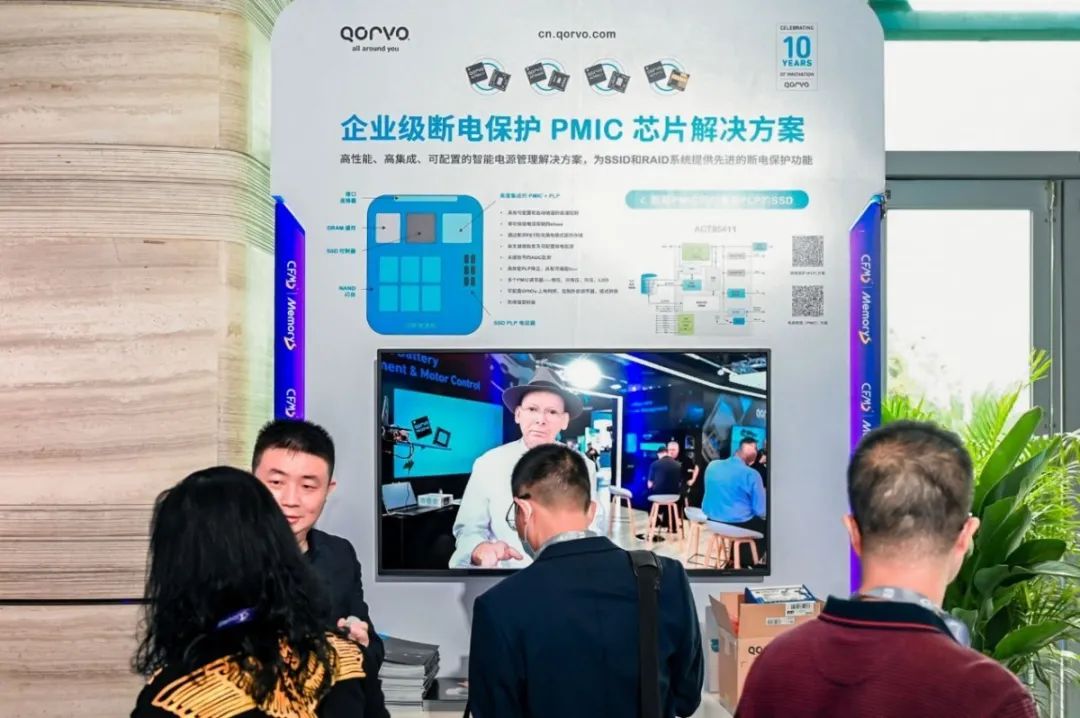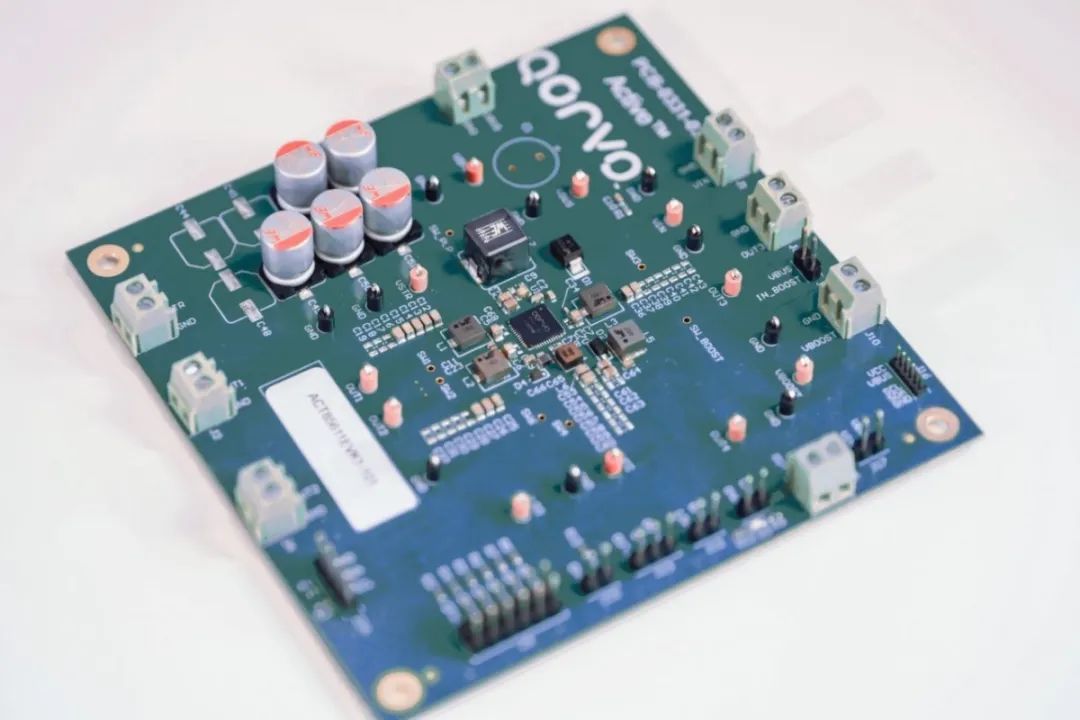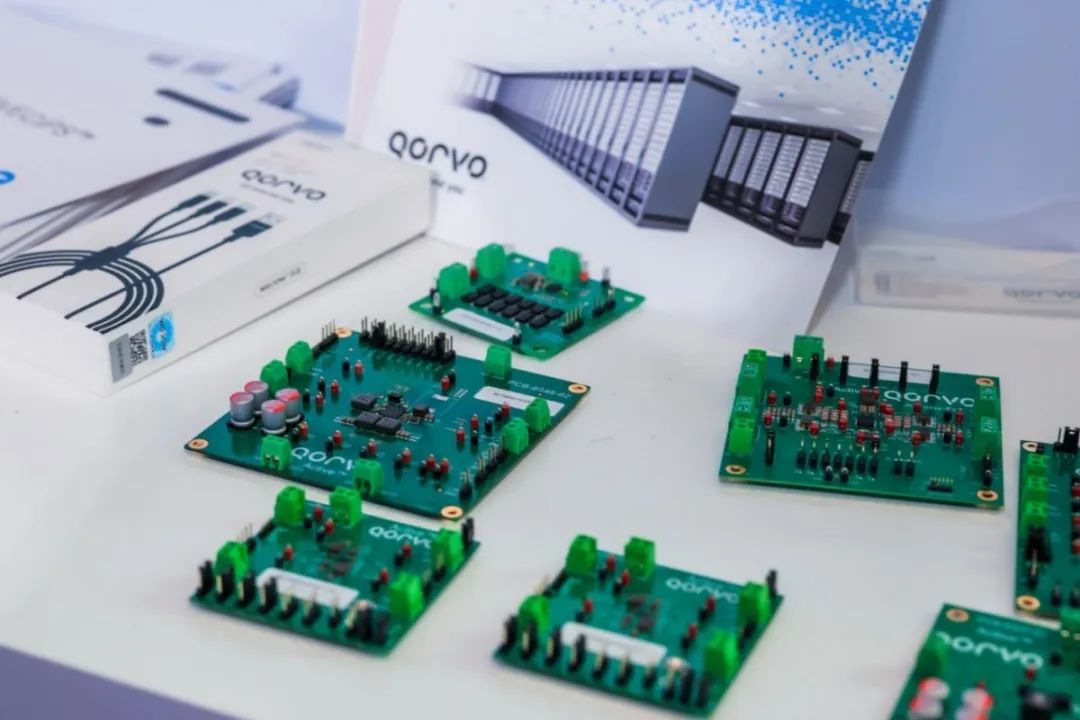Author: Clover International Electronics News
Have you ever worried that when you are shopping online on a certain e-commerce platform, just as you enter your payment password, a sudden city-wide power outage occurs, and your transaction information has not yet been saved to the platform’s system? How would you prove that your payment has been completed? Fortunately, such situations are unlikely to happen in reality, as platforms take a series of technical measures to avoid such issues.
In applications with high requirements for read/write speed and response time, such as database servers, virtualization environments, and high-performance computing, enterprise-grade SSDs are primarily chosen for data storage. These SSDs enhance read/write performance through built-in cache (DRAM or SRAM), but the data in the cache is volatile, and unexpected power outages may lead to data loss.
However, SSDs equipped with Power Loss Protection (PLP) can detect power anomalies at the moment of power failure and quickly initiate protective mechanisms to prevent data loss and hardware damage, ensuring data integrity. In recent years, against the backdrop of rapid AI development, data centers are undergoing a transformation, driving a new trend of “Power Loss Protection + Power Management (PLP + PMIC)” integration.

Figure 1: Qorvo Flash Memory Summit Booth
Integrating PLP and PMIC into a Single Chip
The proliferation of AI applications and the surge in data volume are driving data centers’ demand for high performance, high reliability, and large-capacity storage. Power consumption and cost have also become increasingly prominent issues for data centers. To meet these demands, the storage sector is continuously innovating and upgrading, with PLP chips emerging as key components for ensuring data security.
In this context, more compact designs have begun to appear in the market—by integrating PLP into a single PMIC (Power Management Integrated Circuit), the number of components and PCB space can be reduced, thereby lowering power consumption and costs. At the same time, this design can provide optimal output voltage, further reducing SSD power consumption. Based on this, Qorvo has taken the lead in launching products that integrate “PLP + PMIC” for the storage market.
At the recent CFMS MemoryS 2025, Qorvo Senior Sales Manager Zhang Kun highlighted the ACT85411 and ACT85611, both of which integrate PMIC and PLP functions, ensuring data security for enterprise-grade SSDs while optimizing power management and reducing overall power consumption.
👆Highlights from MemoryS 2025
The ACT85411, launched in Q4 2024, is a single-chip solution for PLP and PMIC tailored for enterprise-grade SSDs. It features self-health checks and configurable power loss detection thresholds, enabling real-time monitoring of energy storage capacitor status and switching to backup power within milliseconds during power loss. Additionally, the chip includes built-in configurable soft-start slope control and eFuse current limiting to avoid current surges and extend hardware lifespan. Furthermore, the ACT85411 supports configuration via GPIO or I2C interfaces to meet the needs of different storage controllers.

Figure 2: Qorvo’s ACT85611 Reference Design Solution
Following this, in Q1 2025, Qorvo launched the ACT85611 for enterprise-grade SSD power loss protection. According to the data, the ACT85611 is equipped with four high-efficiency buck regulators, providing powerful output current and supporting output voltages as low as 0.6V, with flexible configuration via I2C interface. The 12V boost converter can power the internal gate driver for maximum efficiency. Additionally, the ACT85611 features back-to-back eFuse FETs, providing bidirectional input/output isolation, and offers hot-swapping and inrush current control functions.
“Driven by AI applications, market demand and industry standards are rapidly increasing, and the requirements for storage power are becoming higher. Our two products aim to meet market demands, featuring higher precision, smaller size, and higher energy density to adapt to the needs of energy development,” Zhang Kun stated. Thanks to abundant IP resources and a strong roadmap, Qorvo is in a leading position in the enterprise storage sector.

👆Click to learn more about Qorvo’s power management products
Strong Growth in the Enterprise Storage MarketQorvo Leads Power Management Technology Trends
In recent years, the transition from consumer-grade to enterprise-grade storage has been particularly evident. Although the beginning of 2025 saw DeepSeek driving AI to a boom, further pushing the demand for enterprise-grade storage, Qorvo’s layout in the enterprise sector has long been underway.
A few years ago, Qorvo observed that the proliferation of AI applications and the large-scale construction of data centers led to a sharp increase in the requirements for data security and practicality, driving rapid growth in the enterprise storage market. As a result, the company accelerated the research and development and layout of products for enterprise-grade SSDs, with its enterprise storage products already being shipped in large quantities to the market.
He revealed that according to the company’s sales data and customer feedback, the current market demand for high-performance storage solutions is at an explosive stage. “Since 2024, this rapid growth trend has been very evident, with customer demand in Q1 2025 increasing by more than 100% year-on-year.”
“The rapid development of AI applications has indeed had a profound impact on the entire storage industry chain.” He first acknowledged the opportunities brought by DeepSeek’s popularity, stating that AI demand has driven the rapid development of storage infrastructure and foundational industries. “Qorvo’s ‘PLP + PMIC’ products are similar to NVIDIA’s GPUs, serving as the physical foundation supporting this rapidly growing demand. They are part of the entire storage ecosystem, working alongside controllers, NAND Flash, and other components to form a complete storage module ecosystem.”
Power management, as part of the storage module, ensures the stable operation of electronic products and is a key link in meeting market demands. Zhang Kun estimates that in the next two years, the enterprise storage market may see an average growth rate of 50% or even higher. He believes that by then, the “PLP + PMIC” products used in enterprise-grade SSDs will also have significant growth potential.
Additionally, Zhang Kun added that Qorvo’s PLP solutions not only serve enterprise-grade SSDs but can also extend to edge computing, cloud gaming, and other scenarios. In the future, chip sizes will become smaller, aligning with the development direction of “PLP + PMIC”. Qorvo has already collaborated with leading customers in the storage industry to jointly develop next-generation products, continuously leading the trends in power management and power loss protection technology.
Leading the New Journey of Enterprise Storage with Differentiated Products
Figure 3: Qorvo Flash Memory Summit Reference Design Solution
In fact, Qorvo has a long-standing participation and layout in the consumer-grade storage market, with its history dating back to 2015 or even earlier. The company’s PLP chips once held nearly 30% of the market share in the consumer-grade SSD field. After capturing the consumer-grade storage market, the company further extended its business into the enterprise-grade storage sector.
However, there are significant differences between enterprise-grade and consumer-grade storage in many aspects, including operating voltage, performance requirements, reliability standards, and security requirements. Zhang Kun explained, “Consumer-grade storage typically uses a 5V system, while enterprise-grade storage uses a 12V system.”
In contrast, enterprise-grade storage products have higher requirements for stability and security, as data loss can lead to severe consequences, such as the loss of transaction information and critical security data. This makes the R&D cycle for enterprise-grade PLP products longer and requires greater investment, with the value they bring being higher than that of consumer-grade PLP.
Regarding the collaboration model with customers in the enterprise storage field, Zhang Kun mentioned that Qorvo’s cooperation with customers covers multiple levels, including business, technology, and product planning, primarily collaborating with storage controller manufacturers and storage module manufacturers to provide them with PLP chips and reference designs.
Of course, in the enterprise storage field, different customers have unique requirements for product parameters such as current size and duration, leading these customers to often prefer customized services. In the collaboration process, Qorvo listens to customer demands, clearly defines product specifications based on needs, and provides key parameters such as voltage and current that meet requirements, offering differentiated products and services to help them achieve stable operation of storage systems. Although the final product is an analog device, Qorvo still endows it with flexible data configuration capabilities (covering data settings, GPIO, and communication aspects).
Through this deep cooperation and customized service, Qorvo can not only meet the current demands of the enterprise storage market but also lead the technological development trends in the industry, providing solutions for future more complex storage challenges.
Conclusion
In the coming years, as AI deeply integrates into life and business, the demand for high-performance storage will continue to grow. This is not only a long-term trend but also an indispensable part of the electronics industry. Power management and power loss protection, as the foundation for the normal operation of electronic products, will play a key role in this trend, and their importance will further increase with market development.